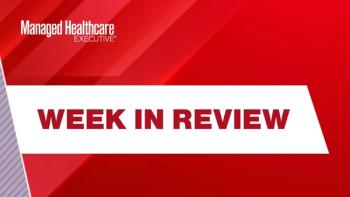
Surgical Volume Bounced Back After Initial COVID Drop
Despite the surge in late 2020, a study by Stanford researchers shows just a 10% drop in procedures from 2019 levels.
On March 13, 2020, as the COVID-19 hospitalizations and deaths were mounting, President Donald Trump declared a national emergency that led to a shutdown of all nonessential activities, including healthcare services. The precipitous drop in healthcare services was noted at the time and has been documented since. The financial consequences of the contraction were also evident: provider who weren’t providing services saw their revenues plummet and payers experienced an unprecedented drop in claims and spending.
But now researchers are beginning to collect and analyze data about what happened to healthcare services in the period after those first weeks of a quasi-shutdown.
A team of Stanford researchers led by
But they also looked at the period from October 22, 2020, through January 31, 2021, when COVID-19 cases and hospitalization started to go up again. However, during that surge, the overall number of procedures — 756,377 — closely matched the number of procedures performed during the same period the year before — 797,510. That is just a 3% difference. For the year, there were 10.2% fewer procedures (678,348) in 2020 than in 2019.
There were a couple of exceptions to the rebound during the surge. There were 30% fewer ear, nose and throat procedures performed during the surge compared with the same period in 2019 and 9.4% abdominal hernia repairs.
The Stanford researchers noted that there was no relationship between surgical volume and local COVID-19 burden. They said the lack of a connection suggests that COVID-19 patients were probably not the strong factors in determining surgical volume. “Rather,” wrote Mattingly and her colleagues, “these findings suggest that health systems’ surgical services responded effectively, and hospitals adapted elective surgical procedure policies based on local needs and resources.”
They noted that infection control procedures were associated with the near disappearance of nosocomial transmission and infections among healthcare workers.
Newsletter
Get the latest industry news, event updates, and more from Managed healthcare Executive.

















































